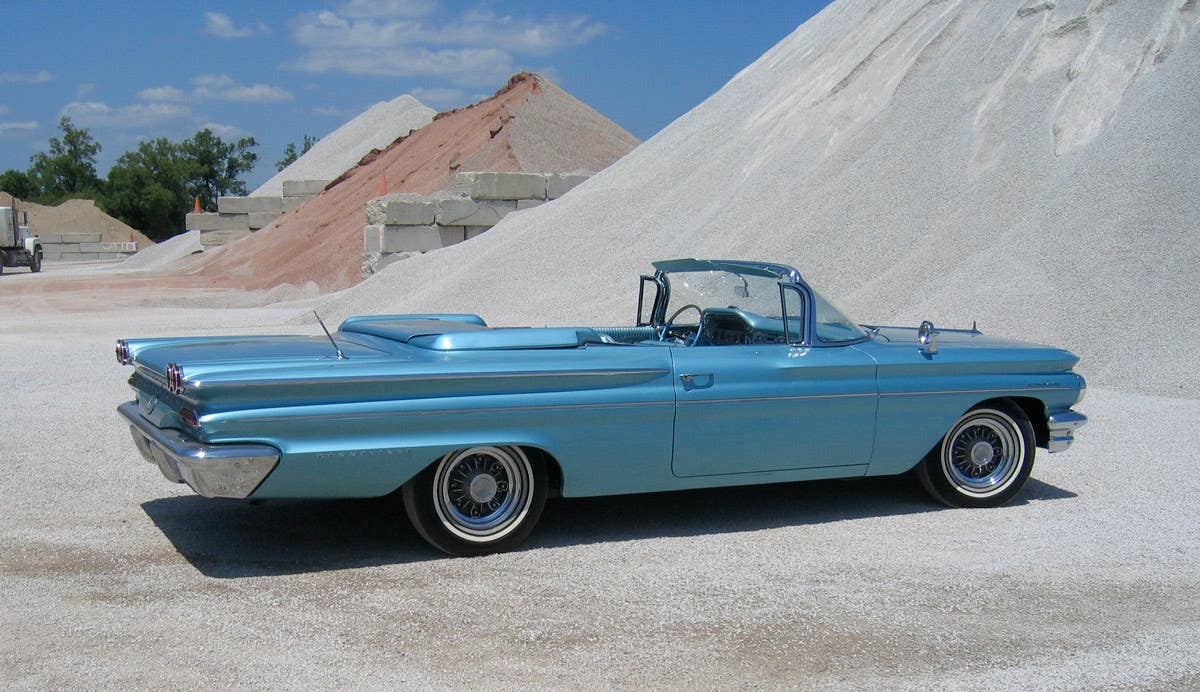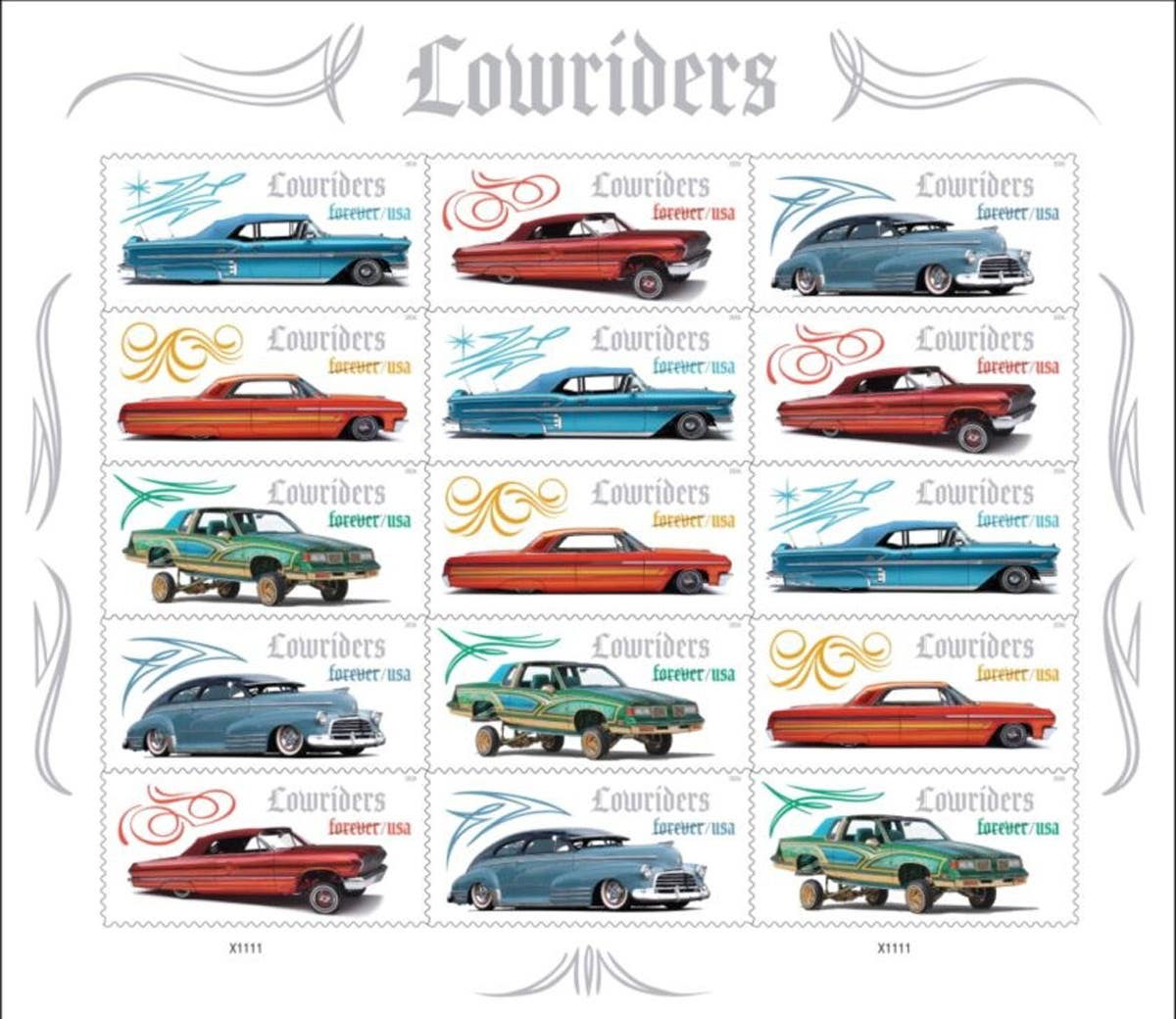New York Transit Museum 2025 Bus Festival, September 21st
On September 21, the New York Transit Museum and MTA New York City Transit present the 2025 Bus Festival at Brooklyn Bridge Park.
Brooklyn, NY – Brooklyn, start your engines! On September 21, the New York Transit Museum and MTA New York City Transit present the 2025 Bus Festival at Brooklyn Bridge Park. Climb aboard and explore the evolution of NYC’s bus fleet, enjoy hands-on activities for all ages, meet the people who keep our city moving, and snap a picture-perfect photo of vintage vehicles with the Manhattan skyline as your backdrop.
Bus Festival is free! The event runs rain or shine, from 10am-3:30pm, at Emily Warren Roebling Plaza in Brooklyn Bridge Park.
"Bus Festival is a true collaboration between the New York Transit Museum and the MTA," says Acting Director Regina Shepherd. "It’s a day when we open the doors—literally—to New York’s surface transit history and give our visitors the chance to experience it firsthand."
What: 2025 Bus Festival
When: Sunday, September 21, 2025, 10am to 3:30pm
Where: Emily Warren Roebling Plaza, Brooklyn Bridge Park
Admission: Free!
Website: nytransitmuseum.org/busfestival
The 2025 Bus Festival lineup includes:
“Betsy” (1931) – In 1930, the Fifth Avenue Coach Company purchased 100 double-decker buses. Bus 1263, known as “Betsy,” was one of the 52 enclosed-top models in this order. In service from 1931 to 1953, Bus 1263 is one of the oldest vehicles in the Museum’s vintage fleet.
Bus 3100 (1956) – A Fifth Avenue Coach Company prototype bus, this vehicle debuted in 1956 as one of the first air-conditioned transit buses nationwide. Designed and built as an experiment, it features a push-type rear exit door, wrap-around soft seating in the rear, fluorescent lighting, and a swanky green and yellow paint scheme.
Bus #4727 (1969) – Built by the Flxible Corporation in 1969, Bus 4727 (Model 1110D51) marked a departure from the Bronx’s long tradition of running only GMC buses. The Manhattan and Bronx Surface Transit Operating Authority purchased these Flxible 111-CCD51 models for their ability to tackle the borough’s steep hills, and they proved to be reliable workhorses. In 1987, when new buses duplicated fleet numbers, the original 4000-series (including No. 4727) was renumbered into the 7000-series. Today, it has been restored to its classic 1970s blue/blue livery.
Bus #5227 (1971) – Entering service in 1971, Bus 5227 was part of the General Motors “New Look” fleet. In 1984–85, 350 of these buses were sent to the Blitz Corporation in Chicago for a complete rebuild, returning to New York City renumbered in the 5000-series and earning the nickname “Blitz Buses.” Featuring hard, blue lengthwise seating, they were the last model in the NYCT fleet without a wheelchair lift. Bus 5227 was retired from service in 1995.
This year, keep your eyes peeled for some special guest vehicles—unexpected favorites that are sure to steal the show!
Put your detective skills to the test as you explore buses from the past. Stop by the Activity Depot tent to pick up a scavenger hunt sheet, then see how many items you can spot. Find them all and you’ll earn a special transit-themed temporary tattoo.
The New York Transit Museum Store will also provide a special pop-up shop for guests. Featured items include vintage bus models, apparel, toys, books, posters, and other transit treasures.
RSVP at nytransitmuseum.org/BusFestival for the chance to win a Family membership. Museum membership includes free admission for one year, discounts on vintage train ride tickets, eligibility to purchase tickets to our exclusive tours of Old City Hall, and so many other perks!
Please Note: Equipment on display is subject to change.
About the New York Transit Museum: The New York Transit Museum is the largest museum in the United States devoted to urban public transportation history and one of the premier institutions of its kind in the world. The Museum explores the development of the greater New York metropolitan region through the presentation of exhibitions, tours, educational programs and workshops dealing with the cultural, social and technological history of public transportation. Since its inception over forty years ago, the Museum – which is housed in a historic 1936 IND subway station in Downtown Brooklyn – has grown in scope and popularity. For nearly 25 years, the Transit Museum has also operated a Gallery & Store in Grand Central Terminal. To learn more, visit www.nytransitmuseum.org.
If you like stories like these and other classic car features, check out Old Cars magazine. CLICK HERE to subscribe.
Want a taste of Old Cars magazine first? Sign up for our weekly e-newsletter and get a FREE complimentary digital issue download of our print magazine.








